Fennel seed and other such things
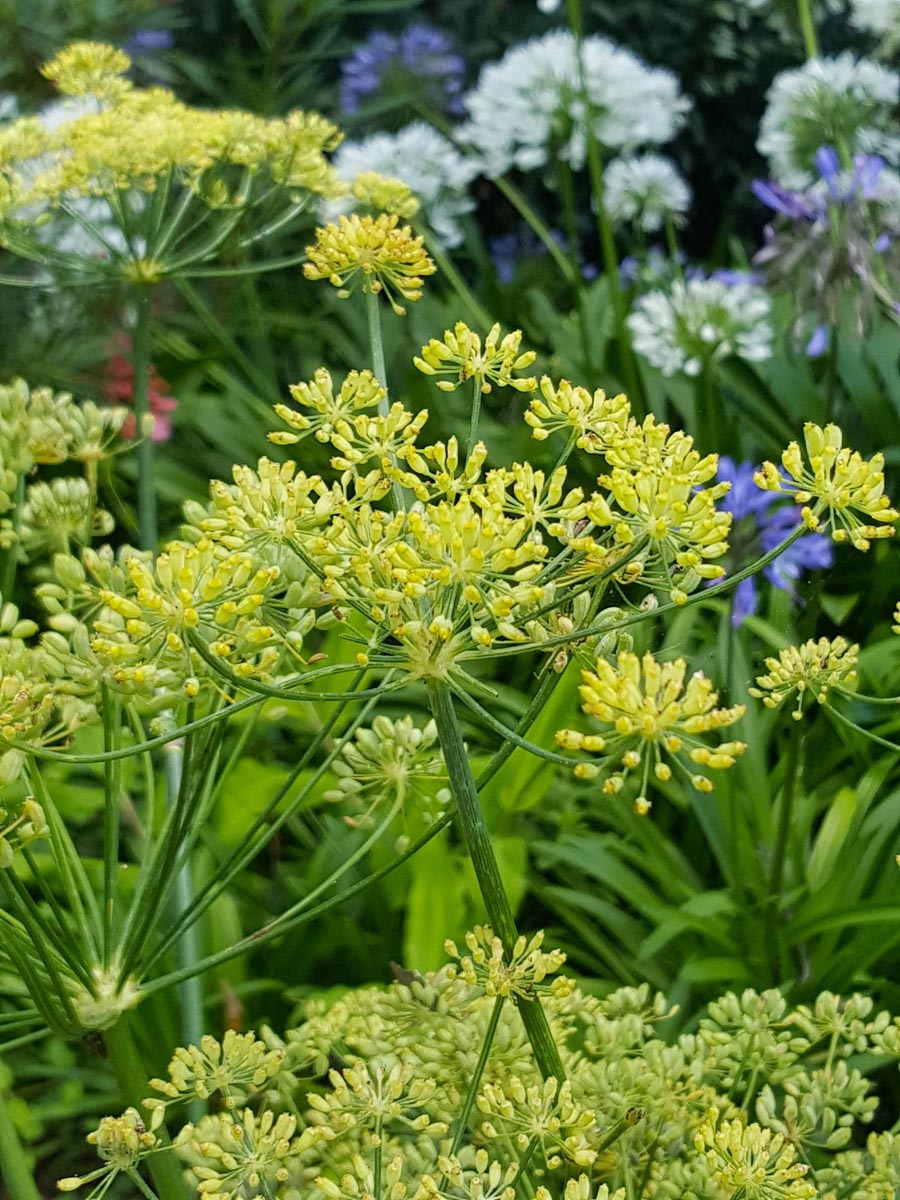
Letting some fennel plants go to seed, (accidentally or on purpose), will ensure you have fresh fennel seeds to use in dishes.

Letting some fennel plants go to seed, (accidentally or on purpose), will ensure you have fresh fennel seeds to use in dishes.
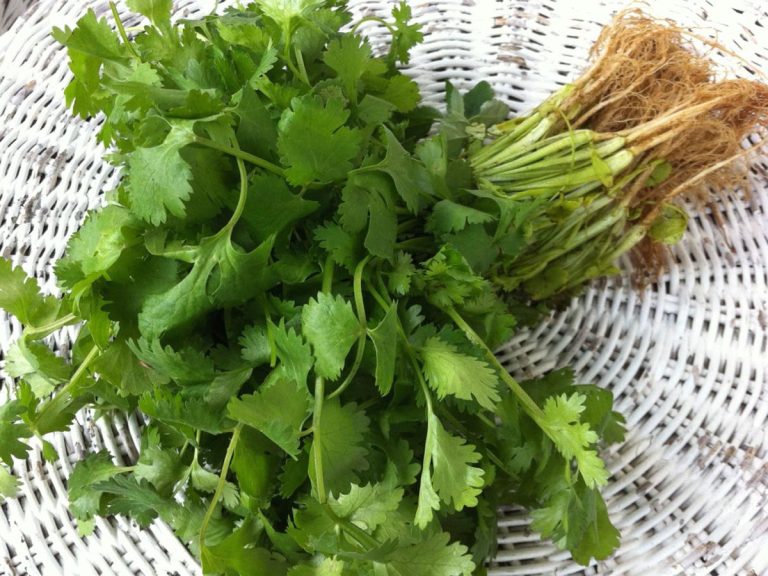
Coriander has a pungent cut-grass cat-pee character offset with an intriguing lemony metallic overtone. As you’d expect, it’s not to everyone’s taste.
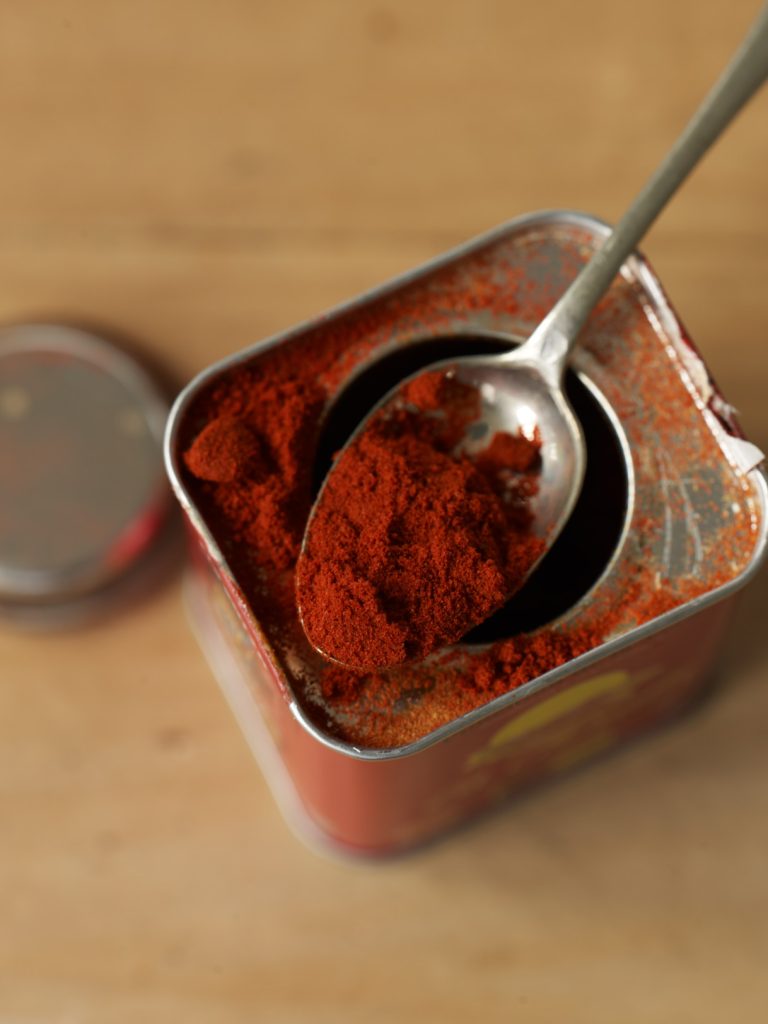
Smoked Spanish paprika has a distinctive aroma – like a hide of leather stretched out in the sun to dry, mingled with charred chillies and cigar box.
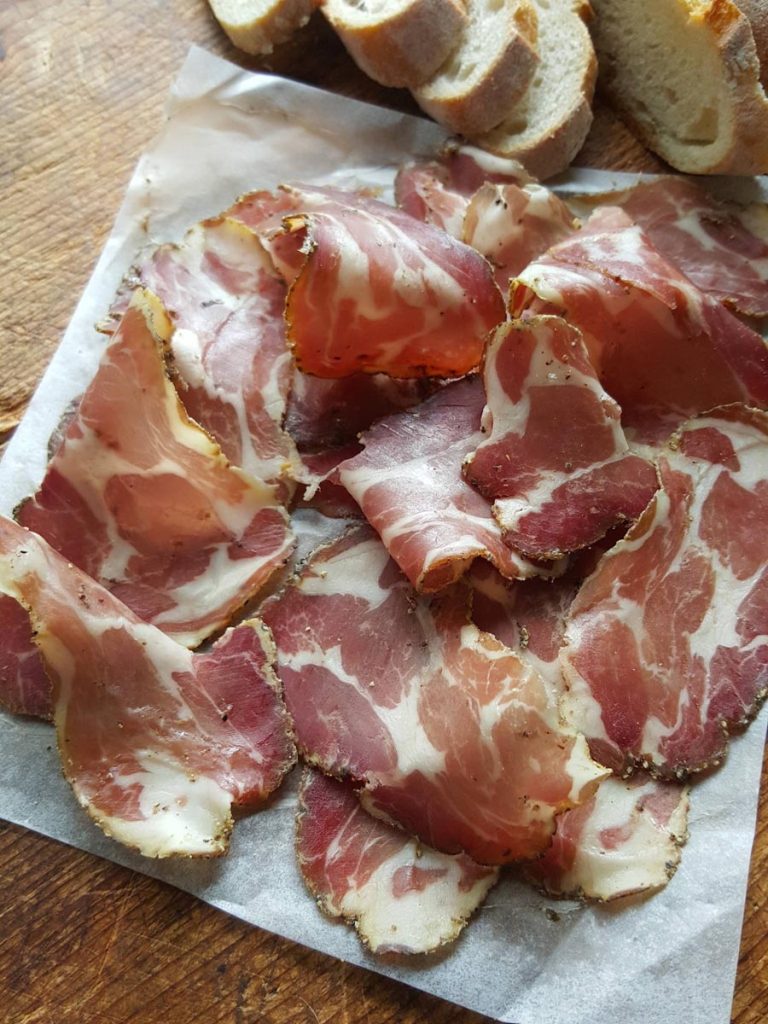
There’s good food to be had in this neck of the woods!
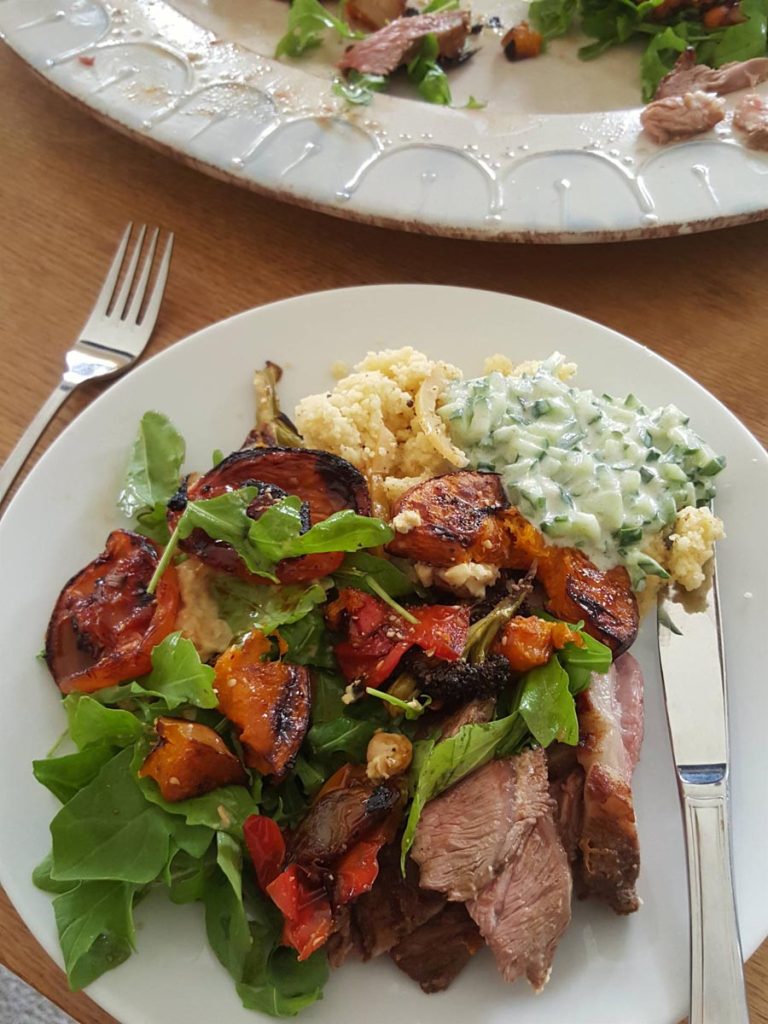
A feasting platter to keep ya truckin’ on.
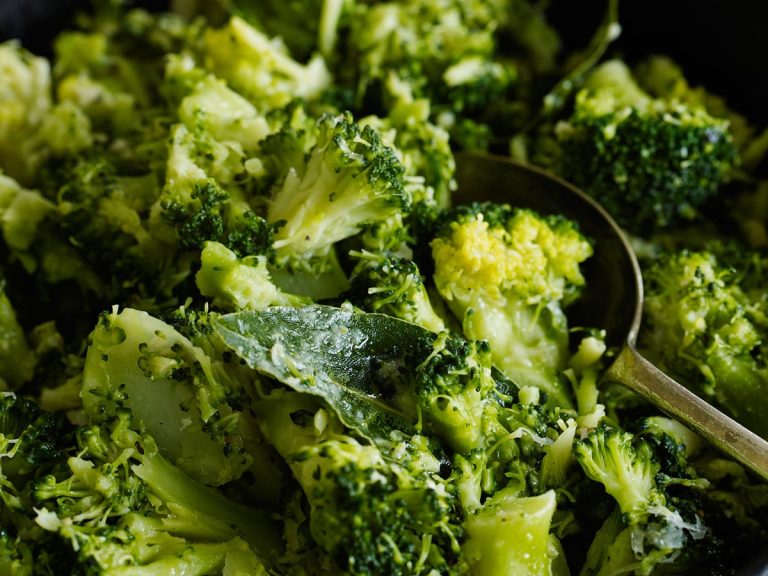
It’s either that, or open the windows!
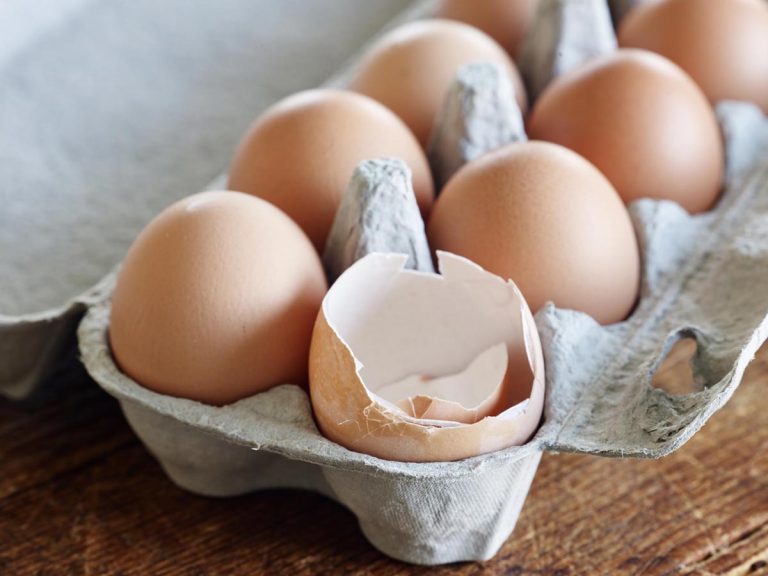
Plump and fluffy snowy white eggs with golden flowing yolks – here’s how to do it.
No products in the basket.
Welcome to the new Shared Kitchen experience! If you encounter any issues, please let us know. Dismiss